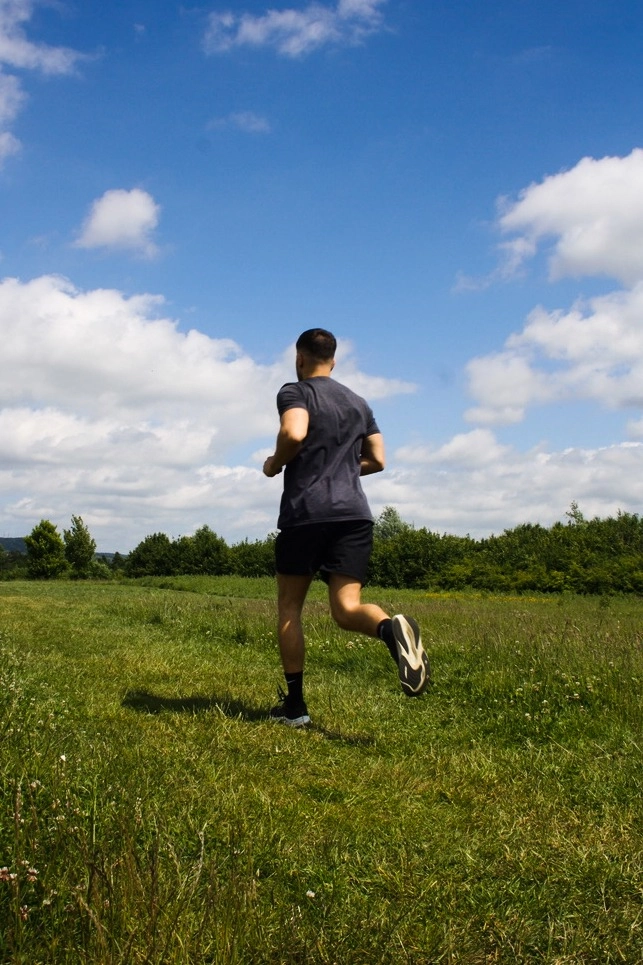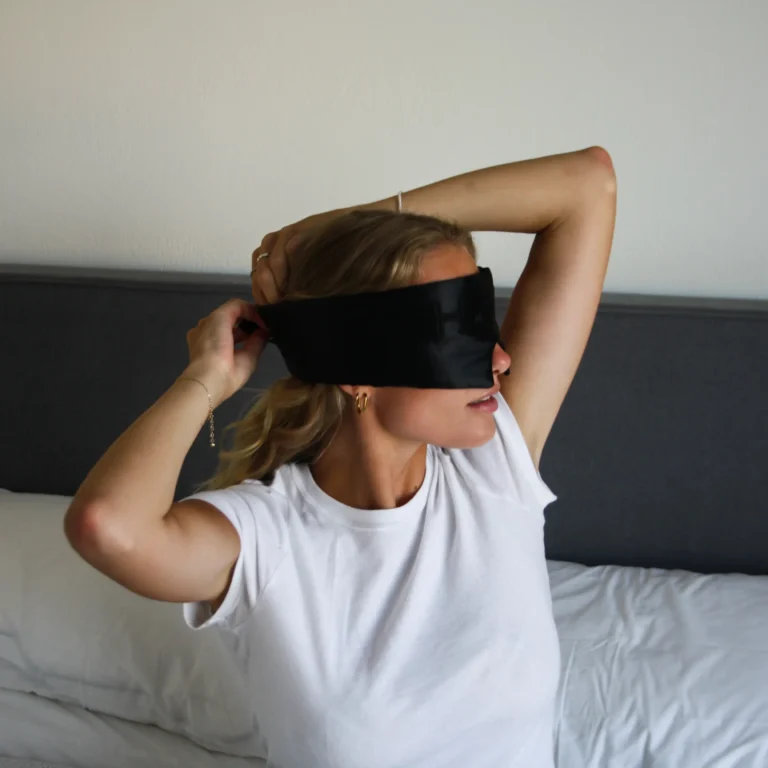Before the invention of artificial light and the rise of 24/7 work schedules, humans naturally followed the rhythm of the sun. This blog explores how sleep has evolved – from biphasic sleep patterns in ancient societies to the modern sleep problems caused by screens, stress, and social media, and how to restore healthy sleep in a fast-paced world.
Ancient Sleep Patterns: How Our Ancestors Slept Naturally
Before electricity, humans relied on the natural light-dark cycle. Anthropological evidence suggests many pre-industrial societies practised biphasic sleep, which means sleeping in two segments:
- First sleep (or “dead sleep”) – occurs shortly after dusk.
- Second sleep – happening after a period of wakefulness in the middle of the night, often used for quiet activities such as reading, prayer, or even socialising (1). Hunter-gatherers also adapted sleep based on seasons, safety, and predators, resting only when conditions were secure (2).
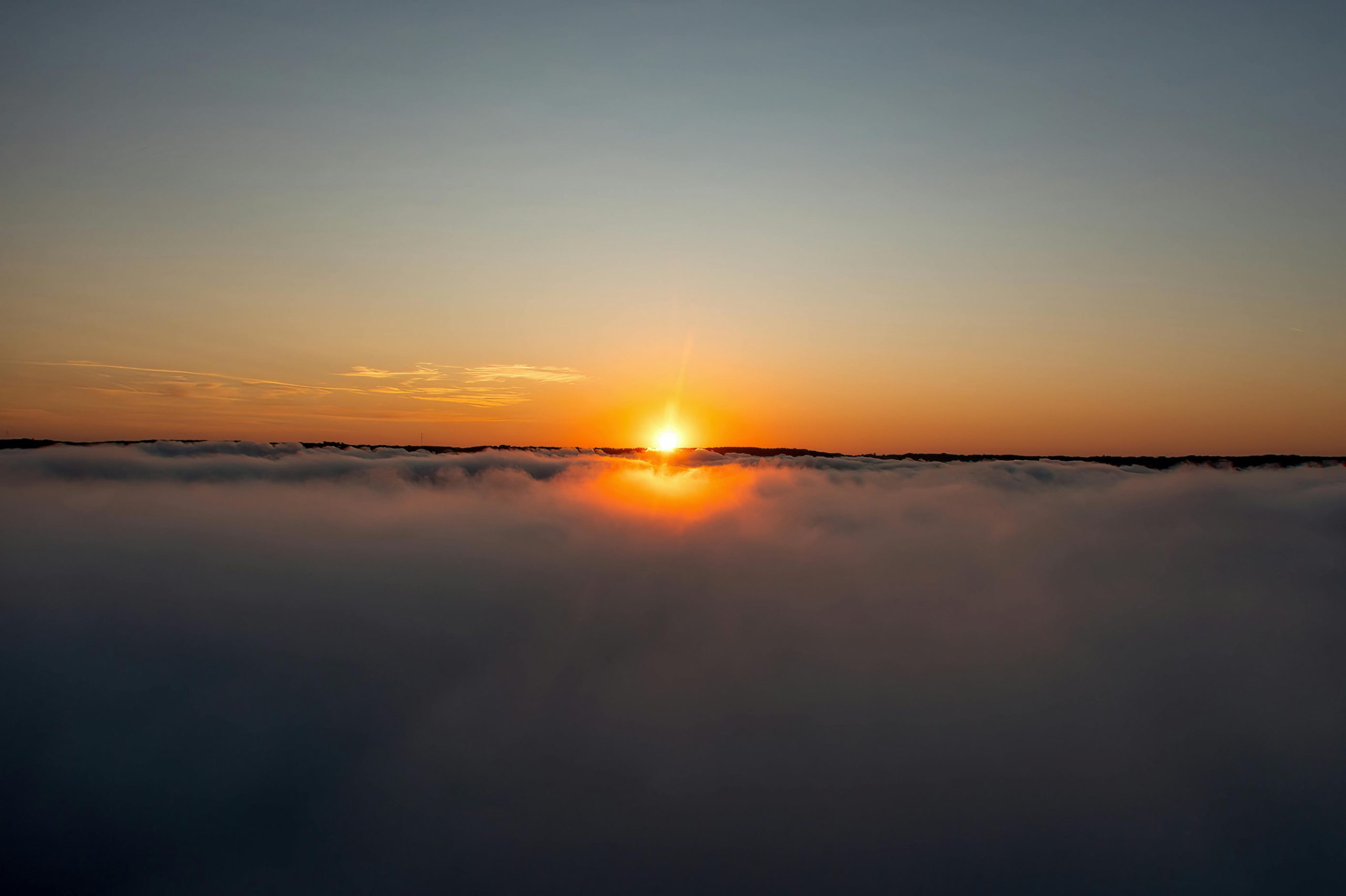
The Industrial Revolution and the Shift to Monophasic Sleep
The Industrial Revolution (18th–19th century) changed everything. Factory schedules and artificial lighting forced a shift to monophasic sleep – a single, uninterrupted sleep period. Gas lamps and electric bulbs extended work hours, reducing reliance on natural daylight (3).
This shift led to:
- Shorter sleep durations due to early work shifts.
- Increased night-time activity, leading to later bedtimes.
- Disrupted natural circadian rhythms, as people were no longer dictated by the sun.
By the early 20th century, monophasic sleep had become the dominant sleep pattern in Western
society.

The Digital Age: Disrupting Sleep in New Ways
Fast forward to today, and technology and lifestyle pressures pose new threats to healthy sleep.
Below are some of the biggest disruptors:
1. Artificial Light and Blue Light Exposure
Constant exposure to LED lighting and digital screens suppresses melatonin, making it harder to fall asleep. The 24-hour light environment has misaligned our circadian rhythms (4).
2. The Rise of Sleep Debt
Busy schedules and chronic stress lead to sleep deprivation, accumulating “sleep debt” that negatively affects cognitive performance, mood, and long-term health (5).
3. Social Media and Constant Connectivity
Late-night scrolling, FOMO, and smartphone notifications delay bedtimes and lead to more fragmented rest (6).
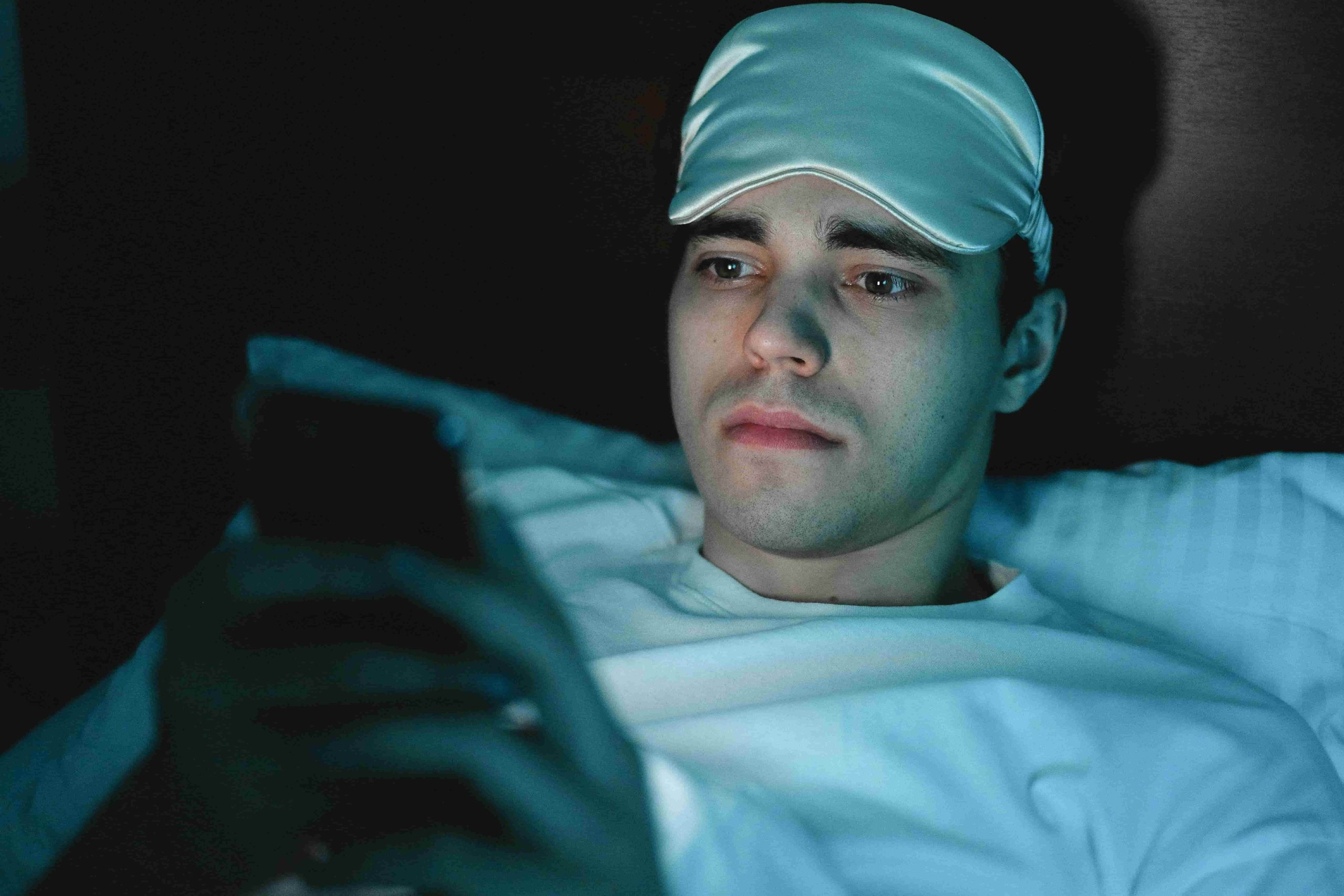
4. Increased Stress and Anxiety
Fast-paced lifestyles, work-related stress, and economic pressures keep the brain in a heightened state of alertness, making it harder to wind down for deep sleep (5).
How to Reclaim Healthy Sleep in a Modern World
Modern life doesn’t make it easy, but you can improve sleep quality with simple adjustments. For tips on building a full bedtime routine, see: How to Build a Better Nighttime Routine for Deep, Restorative Sleep.
Here are a few simple tips to get you started:
1. Limit Blue Light Exposure
- Avoid screens at least one hour before bed.
- Use blue-light-blocking glasses or filters.
- Choose warm, dim lighting at night.
2. Create a Consistent Sleep Schedule
- Go to bed and wake up at the same time daily – even on weekends.
- Aim for 7–9 hours of sleep.
3. Optimise Your Sleep Environment
- Keep your bedroom cool, dark, and quiet using blackout blinds, the HAKD Health Sleep Mask, or earplugs
- Invest in a comfortable mattress and pillows.
4. Manage Stress Before Bed
- Practice relaxation techniques like meditation, deep breathing, or journaling.
- Avoid stimulating activities close to bedtime.
5. Get Natural Light in the Morning
- Spend time outside in natural daylight each morning.
- Engage in daily physical activity to regulate sleep cycles.
6. Consider a Natural Sleep Supplement
HAKD Health Night Blend combines 15 science-backed ingredients to help you fall asleep faster,
increase deep sleep, and wake up refreshed.
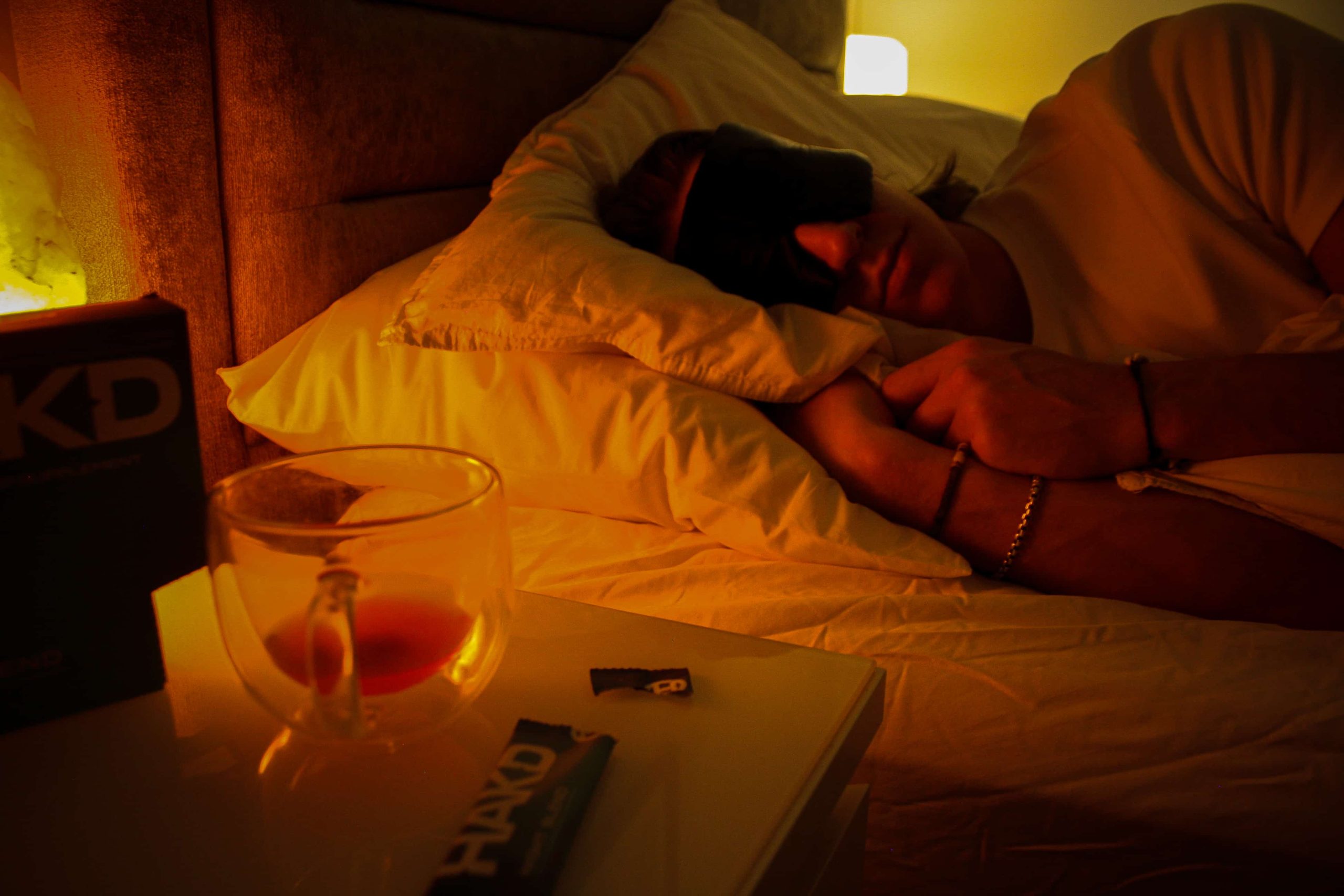
Final Thoughts: Align Modern Life with Your Sleep Biology
Sleep has evolved dramatically, but its importance remains unchanged. By aligning modern habits with natural sleep biology, we can reclaim restorative rest and optimise health.
Struggling with modern sleep disruptions?
Explore HAKD HEALTH’s sleep solution – Night Blend to help you optimise your rest and wake up feeling refreshed.
References:
- (1) Ekirch, A (2016). “Segmented Sleep in Preindustrial Societies.” Sleep 39(3), 715-6. https://doi.org/10.5665/sleep.5558
- (2) Yetish, Gandhi et , (2015). “Natural sleep and its seasonal variations in three
- pre-industrial societies. ” Current biology : CB, 25(21).
doi.org/10.1016/j.cub.2015.09.046 - (3) Andersen, Monica L et , (2024). “The Impact of Sleep: From Ancient Rituals to Modern Challenges.” Sleep science, 17(2). doi.org/10.1055/s-0043-1777785
- (4) Tähkämö, Leena et , (2019). “Systematic review of light exposure impact on human circadian rhythm.” Chronobiology international 36(2), 151-170. https://doi.org/10.1080/07420528.2018.1527773
- (5) Siraji, A., Spitschan, M., Kalavally, V. et al., (2023). Light exposure behaviors predict mood, memory and sleep quality. Sci Rep 13, 12425.
https://doi.org/10.1038/s41598-023-39636-y
- (6) Pirdehghan, Azar et , (2021). “Social Media Use and Sleep Disturbance among Adolescents: A Cross-Sectional Study.” Iranian journal of psychiatry (16)2, 137-145. https://doi.org/10.18502/ijps.v16i2.5814

